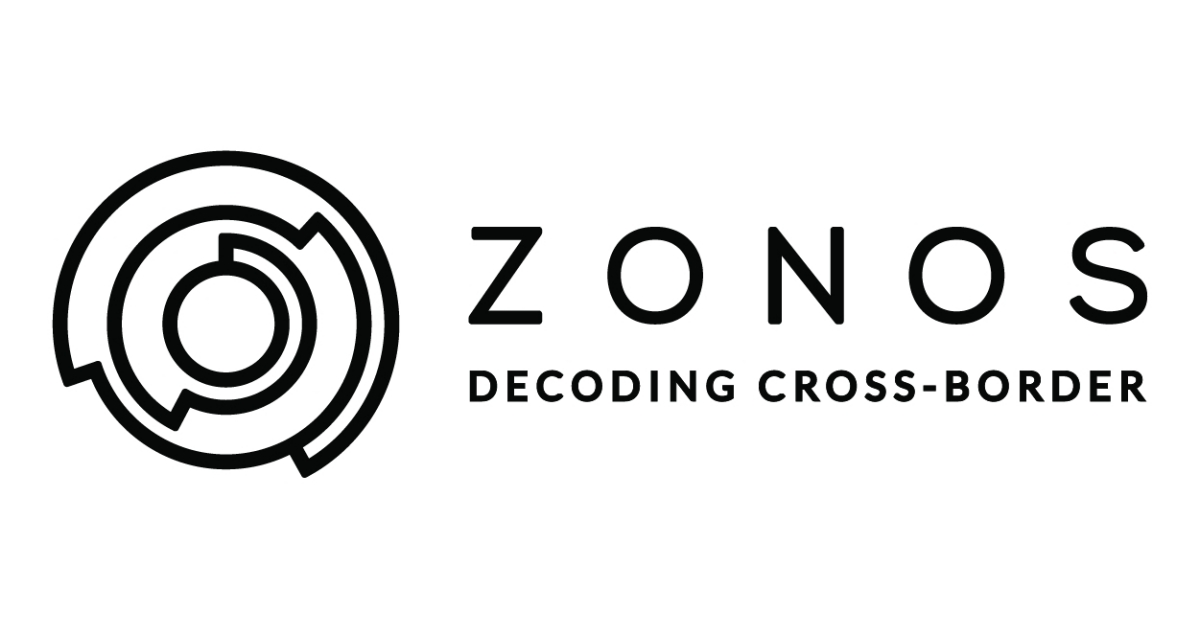
About a year ago, Dropbox announced that it had reached $1 billion in annual revenue, claiming to be the fastest SaaS company to do so. As Dropbox executives bathed themselves in cash, SaaS investors drooled at the thought of funding the next big SaaS startup.
SaaS is great, but it’s not your only option
That’s great news for Dropbox. But what does it mean for the rest of us?[ctt template=”3″ link=”dq13r” via=”yes” ]Forcing a SaaS model into every startup’s business plan isn’t going to create another unicorn like Dropbox—in fact, it might kill your chances of becoming one.[/ctt]If you’re limiting yourself to one model, you might be leaving money on the table and causing unnecessary friction for your customers.The truth is that there are a time and place to utilize SaaS in your business model. Trying to become a unicorn is fun and exhilarating, but generating real, lasting revenue is less risky and easier to do. In this post, we’ll outline a few alternative business models that we believe provide significant upside when layered onto your SaaS offering. So the question remains, what revenue models make the most sense for your SaaS business? Let’s take a look at some popular approaches:
Consumption-based revenue
If you’ve had a cell phone in the last 20 years, then you’re familiar with the consumption-based pricing model. It’s a simple philosophy: customers are charged based on the resources they use. Remember back in the dark ages when cell phone companies didn’t offer any unlimited plans and you had to budget out every single phone call? Cellphone data and minutes became precious resources, and the market popped.Cloud-based companies like Dropbox and logikcull have shown this revenue model is a great fit when using a SaaS approach. Logikcull provides software aimed at law firms, making the process of discovery (the sharing of information between parties before a trial) seamless, intuitive, and available on any device. Sounds boring, right? Well, logikcull is boring its customers into 500% year-over-year growth and a $25 million funding round.In this case, combining SaaS with a consumption-based model makes a whole bunch of sense, and trailblazers in this space are showing a clear path forward.
Ad-based revenue
BuzzFeed, Huffington Post, The New York Times, TMZ—no, not a list of fake-news outlets. It’s a list of companies that make their money the old-fashioned way by serving up advertising.And it’s also the first path most tech organizations take to generate revenue. Beyond the obvious media companies, how did Google start generating mind-boggling revenues? How about Facebook? The tendency, even for startups-turned-tech-titans, is to turn to ad revenue first. Get the users, then start throwing ads in front of them and sit back while the money rolls in.If you run a SaaS company or are thinking of starting one, chances are at some point you’ll be asked why you aren’t just placing ads all over the place. Besides the fact that they can be obnoxious and invasive, you can answer with: “Because that revenue model doesn’t make sense for SaaS.”In fact, ad-tech vendors are turning to SaaS as a solution, as opposed to the other way around. As Forbes points out, “service-based ad tech businesses are now thought of as more solid, more dependable and more appealing to investors and acquirers.” There’s a reason Dropbox doesn’t have an ad-supported option. It just doesn’t make sense for service products. While you don’t have to put all your eggs in one basket, the ad-supported model shouldn’t be a part of your revenue plans with a SaaS product.
Transaction-based revenue
We’ve had a hot dish and a cold dish, now it’s time for lukewarm.Creating added value and grabbing a share of transactions can be a lucrative SaaS model—but only with the right product or service. Take Airbnb, most recently valued at over $30 billion. They don’t own any of the properties listed on their site. They don’t greet you at the door with a smile. They simply provide the platform for renters and owners to connect. Of course, we know providing that kind of software is anything but simple, but it feels that way to its users, which has allowed their marketplace to boom and flourish worldwide.Airbnb is now profitable, and that revenue is mostly driven by collecting fees for every transaction that occurs in their software. It’s been insanely successful for them, but this approach only works if your platform can create a marketplace that people actually use, and with a critical mass of transactions. It’s also worked for services like StubHub, and payment services have been succeeding with this model for ages.In some ways, it’s like an ad-supported model in that it can be volatile and unpredictable. But it’s a much stronger fit for SaaS companies—as long as you’re offering the right service. It’s less intrusive than ads and consumers have shown they’re willing to cough up small fees if the perceived value is there. Does that mean you should explore it for your SaaS company? As with so many things, it just depends on what unique value proposition you believe your product offers.
Which approach is right for me?
Of course, we haven’t talked about several other potential revenue models that might work with SaaS companies, but we’ve covered the ones we tend to hear the most about. The point isn’t to pick out the one and only model you’ll use but to explore your options and note that SaaS, despite being a hot area of investment, isn’t a catch-all for every business model out there.
A new model: rewarding delivering on your plan.
At Bigfoot Capital, we provide capital to sufficient efficient growth. We’re not “growth at all costs” folks. We believe in growing in step with a reasonable plan. In fact, we’re such fans of this that we reward our portfolio companies for doing so. We don’t know of another capital provider that pays you for executing as you’ve said you will. Oh, and we don’t penalize you for not doing so; we just don’t pay you, which we feel is fair. We may be crazy for doing, but we believe that if you’re executing your plan, you should be rewarded so…that’s what we do. If you’d like to learn more, we’re always here to chat. Just book a call with us here.








